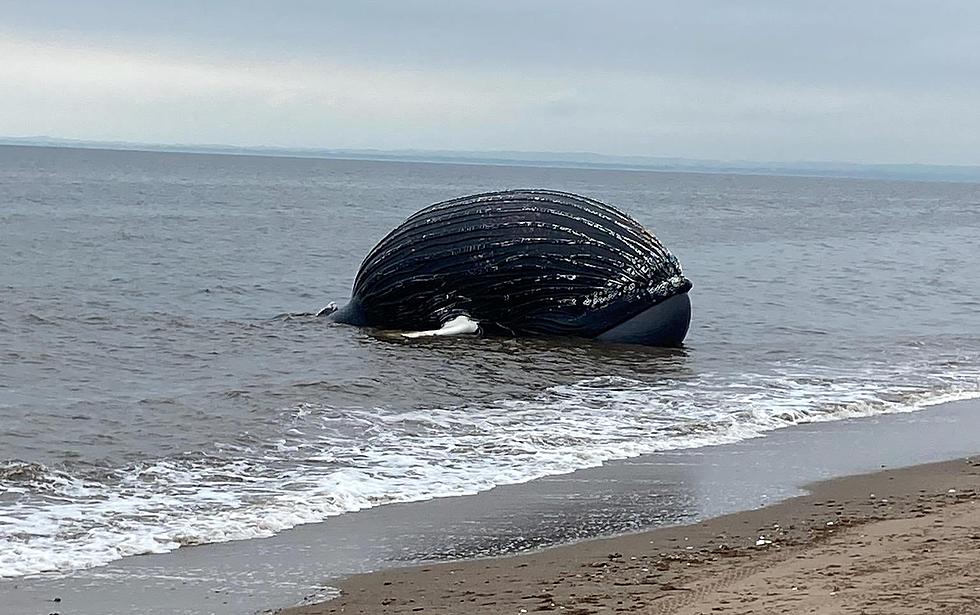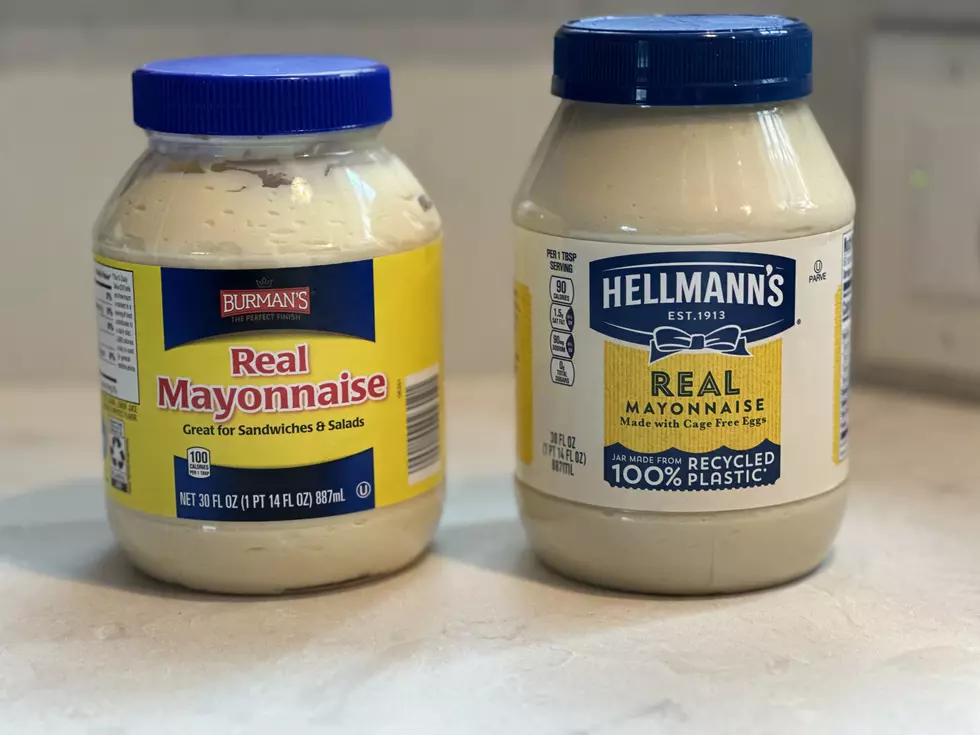
What Killed a 50 Foot Humpback Whale That Washed Onto New York Beach
What killed a 50-foot humpback whale that appeared to be in good condition? That's the question marine biologists are trying to figure out after one washed ashore in New York.
The whale floated onto the beach at Great Kills Park in Staten Island on Friday, September 17. The Atlantic Marine Conservation Society worked with several agencies, including the New York State Department of Environmental Conservation (DEC) to find out how the animal died before disposing of its body. "The goal is to document the animal and gather scientific data to potentially determine a cause of death," the Atlantic Marine Conservation Society said.
The animal autopsy, which is called a necropsy, showed the body of the male whale was in good condition. "It had a full stomach of fish, suggesting he had recently eaten."
There was evidence of two separate injuries that were caused by humans. "There were healing wounds around the mouth and head consistent with entanglement in gear, and a large piece of metal debris lodged in his intestines, causing damage to the digestive tract."
The cause of the whale's death is still not determined. Samples collected during the exam are still being analyzed. "We will know more after we receive lab results."
After the necropsy was complete, the carcass was buried on site. So if you head to the Great Kills Park in Staten Island, you may not want to dig too far into the sand. You may be surprised by what you find.
If you DO see a dead or injured marine mammal or sea turtle, you're asked to please call the New York State Marine Mammal and Sea Turtle Stranding Hotline, 631-369-9829 or 866-755-6622.
Five Animal Rescues Made by New York Conservation Officers in One Week
New York State Police Rescue More Than Humans
More From WIBX 950









